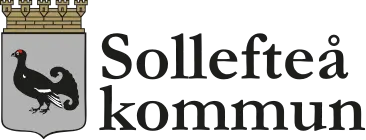Refrigerants
Refrigerants are found in most of today's refrigeration, freezing, heat pump and air conditioning systems. They are dangerous because they can affect the ozone layer and contribute to climate change.
Refrigerants labelled CFCs (chlorofluorocarbons) are banned from use.
Those designated as HCFCs (hydrochlorofluorocarbons) are subject to a ban on new installation and refilling.
Refrigerants labelled HFCs (freons) contain neither chlorine nor bromine and do not deplete ozone, but they do contribute to the greenhouse effect.
The Swedish Environmental Protection Agency's website provides information on the impact of different refrigerants on the ozone layer and the greenhouse effect.
